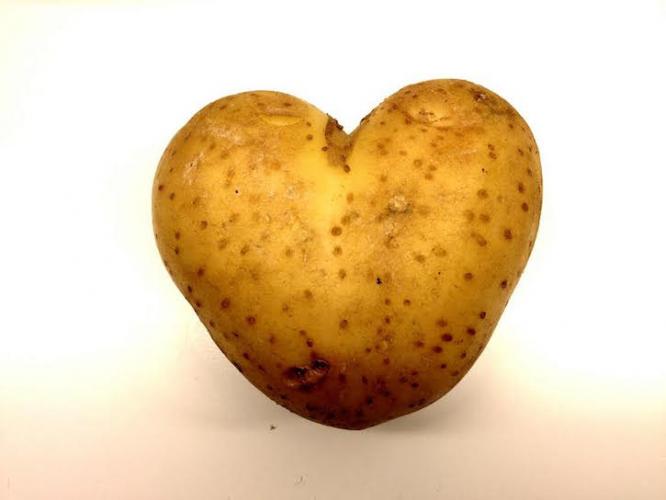
The Role Resistant Starch Plays in Digestive and Overall Health
Resistant starch is probably something you will be hearing more and more about in the world of health-crazes, as there is a bit of a buzz forming around it these days.
Resistant starch is a type of starch found in certain foods. We are unable to digest it so it remains intact until it reaches the large intestine where it is broken down by intestinal bacteria. The bacteria that feed off of resistant starch form gases and short chain fatty acids (SCFA) – most notably butyrate, which is the preferred fuel for cells lining the intestine and has a host of other great health benefits.
So, even though we don’t actually digest this type of starch ourselves we benefit from consuming it because of the bacteria in our guts. It can be thought of as food that helps the good bacteria in our guts do all the amazing things that they do for our health.
The many benefits of SCFAs are:
- Stimulation of blood to the colon
- Increase of nutrient availability
- Prevention from absorbing harmful compounds
- Absorption of minerals
- Inhibition of growth of harmful bacteria
Resistant starch is also thought to benefit us by:
- Filling us up more (creating satiety)
- Supplying half the calories per gram that regular starch does
- Reducing appetite
- Improving insulin sensitivity
- Regulating bowel movements
- Improving immunity
There are 4 different types of resistant starch – not all are the same and some foods contain more than one type
Type 1 is found in grains, seeds and legumes. It resists digestion because it is bound within a cell wall. This type is not accessible.
Type 2 is found in starchy foods such as raw potatoes and unripe bananas. Cooking and ripening removes the resistant starch.
Type 3 is formed when some starchy foods are cooked and then cooled such as potatoes and rice. These foods can be lightly heated to maintain their benefits but reheating to a high temp will turn them back into regular starch.
Type 4 is man-made and formed from a chemical process.
To increase your intake of resistant starch you can add more to your diet or supplement your diet with it.
Foods that contain resistant starches are green (unripe) bananas, plantains, properly prepared cooked and cooled parboiled rice or legumes, and cooked and cooled potatoes. A delicious way to incorporate these foods is by making potato salad or adding a green banana to a smoothie.
Those on a low carb diet would probably not want to consume these foods. An alternate source is unmodified potato starch (Bob’s Red Mill Unmodified potato starch is what most people use), plantain and green banana flour. When these are used it is recommended to start out very slowly with ¼ teaspoon per day and increasing slowly to the recommended dose of 15-30 grams or 2-4 tablespoons per day. They are pretty tasteless and can be mixed in with water, other beverages or mixed into a smoothie.
An imbalance of gut flora or SIBO (small intestine bacterial overgrowth) can result in a lot of discomfort from using resistant starch so it is always recommended to work with a qualified health practitioner when considering supplementing your diet.
